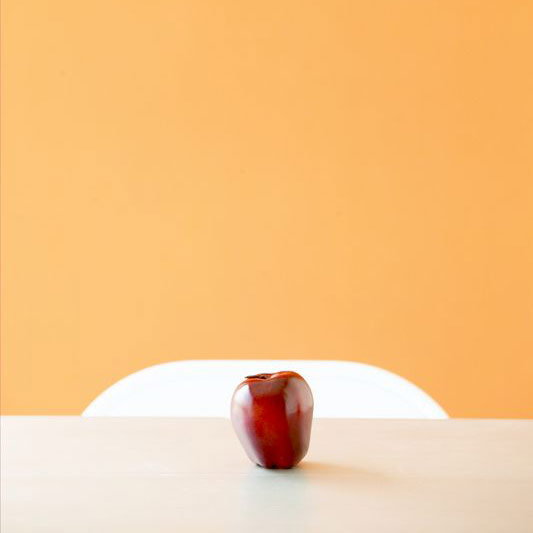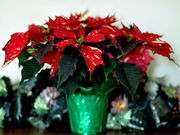

Those decorative plants may add holiday sparkle to your home, but they may also pose a risk to children and pets, an expert cautions.
All parts of mistletoe are toxic if eaten, and the white berries tend to be the most attractive to children and pets. Consuming mistletoe can result in blurred vision, nausea, abdominal pain, diarrhea, blood pressure changes and even death, said Wendy Wilber, from the Institute of Food and Agricultural Sciences at the University of Florida in Gainesville.
Seek immediate medical attention if someone eats any parts of mistletoe, Wilber said.
Children can suffer vomiting, diarrhea, dehydration and drowsiness if they eat as few as two holly berries. The bright red berries can fall off a decoration and end up on the floor, where a child or pet might find and eat them.
“Keep holiday decorations out of reach, and make sure no pieces fall on the floor. Or skip mistletoe and holly until the kids are a little older,” Wilber said.
Poinsettias aren’t toxic, but they can be an irritant. Children or pets who eat the leaves or flower part of the plant (bracts) could develop a mouth rash and upset stomach, and the plant’s milky sap can irritate the skin, Wilber explained.
Amaryllis bulbs contain a toxin called lycorine, but illness occurs only if a lot of bulbs are eaten, she said.
“But having been the owner of a Labrador retriever, I know these things are possible,” Wilber said. “So amaryllis is more of a concern for pet owners.”
Dogs or cats that eat a lot of bulbs develop diarrhea, nausea and vomiting. In such cases, seek immediate veterinary help, she said.
More information
The U.S. Centers for Disease Control and Prevention offers more holiday health and safety tips.
Source: HealthDay
Copyright © 2024 HealthDay. All rights reserved.

Leave a Reply